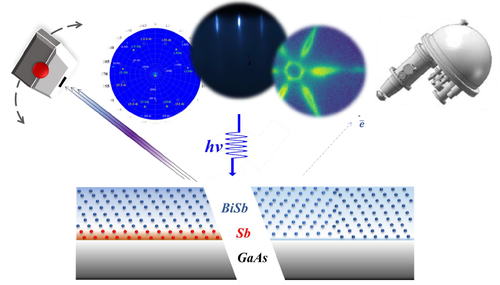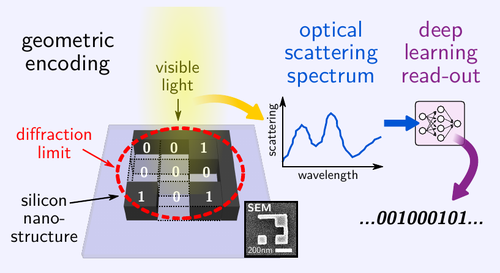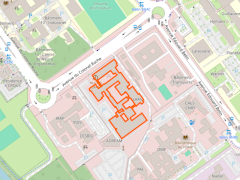Advanced memories and approaches to information storage
Our research addresses information storage and aims to reduce the energy requirements by working on materials and system architecture, and by implementing disruptive approaches.
Topological materials for magnetic memories

We are studying the nanoscale interactions between a Topological Insulator (TI) and a Magnetic Layer for the next generation of magnetic memories (MRAMs). MRAMs are non-volatile, non-destructive random access memories. They are one of the best candidates for replacing current random access memories (DRAM and SRAM). They are based on the principle of magnetic anisotropy to store information, and on the principle of magnetoresistance to retrieve it. Unlike Spin Transfer Torque (STT) technology, Spin Orbit Torque (SOT) technology combines non-volatility, high speed, zero standby losses and good reliability. Here, magnetization reversal is achieved using materials with strong spin-orbit interactions, and either the Rashba effect or the spin Hall effect. We propose to replace the heavy metals used in these structures with a topological insulator in order to generate torques (SOTs) on its surface and thus reverse the magnetization of the free-layer of a magnetic tunnel junction.
Implied Persons:
- Sébastien Plissard
- Corentin Durand
Running projects:
- ANR-TopMémo (2024-2027)
- LabCom EpiCentre
- Institut Quantique Occitan
- PEPR SPIN
Optical information storage

We develop methods to encode several bits of information in the geometries of photonic sub-diffraction limit sized nanostructures. For robust retrieval of these information, we develop methods using spectral information and deep learning data processing. We currently work on deep learning based design methods to further increase information density and we investigate alterative, simpler and more robust read-out methods than darkfield spectroscopy, based on simple RGB color-imaging.
Implied Persons:
- P. R. Wiecha
- G. Larrieu
Running projects:
- ANR JCJC NAINOS (2022-2026)













